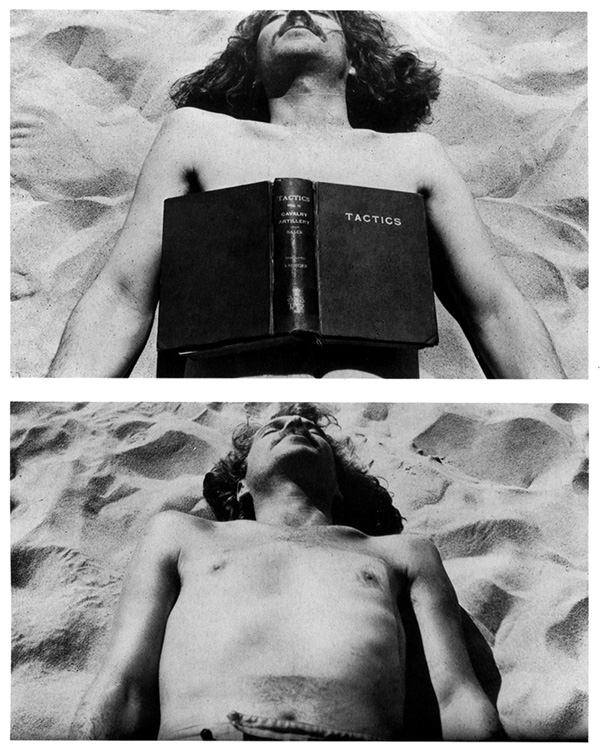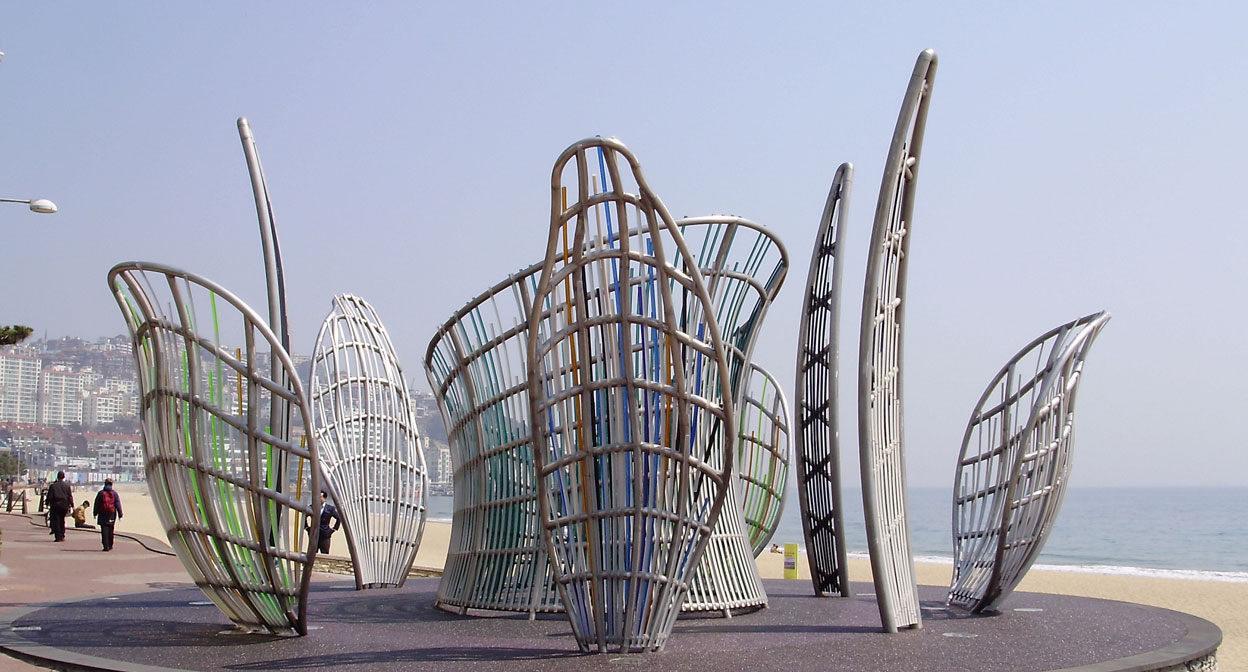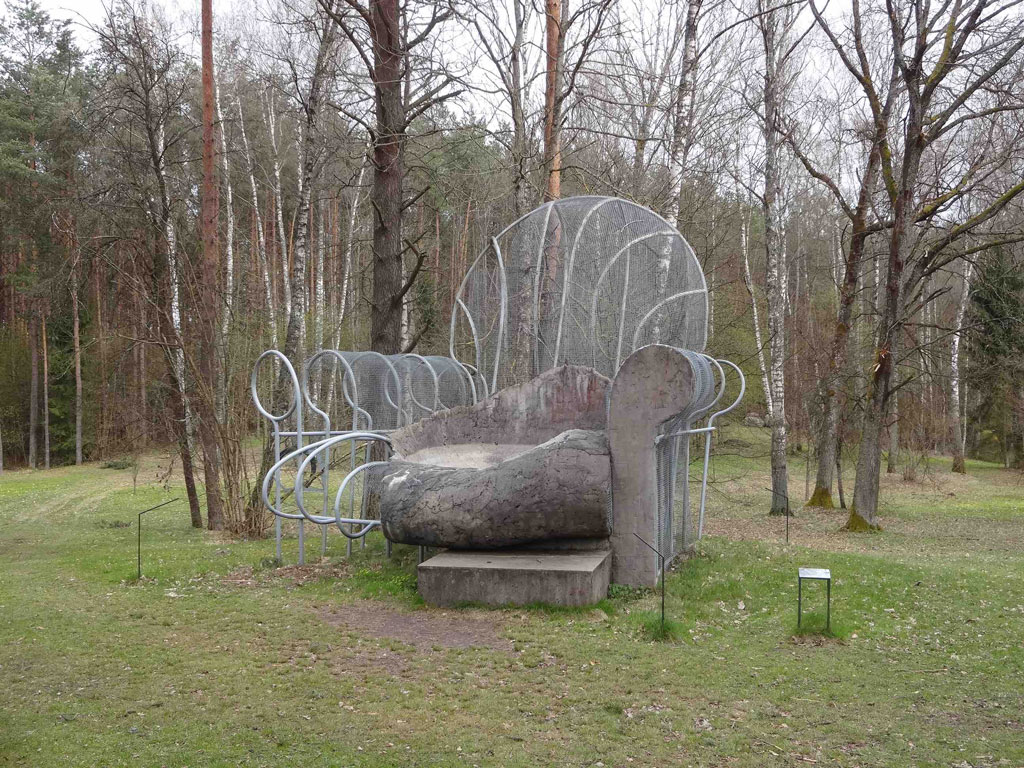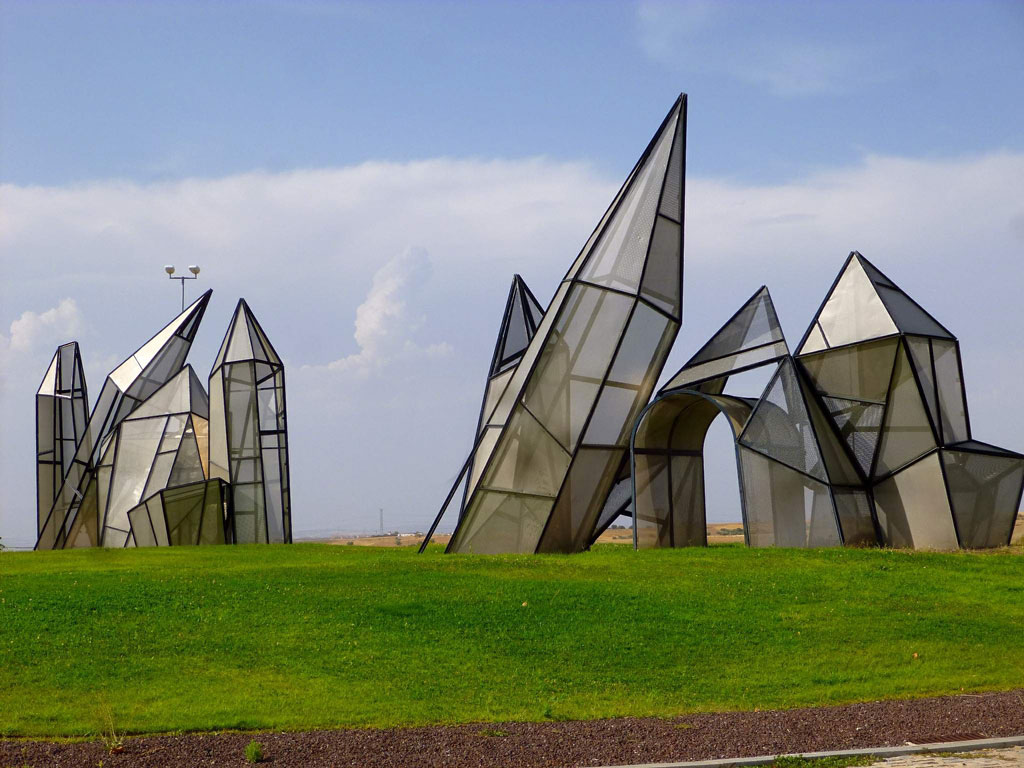TRACES: Dennis Oppenheim
 Today is the occasion to bear in mind Dennis Oppenheim (6/9/1938-21/1/2011), he has been a pioneer of Conceptual Art, Land Art, Body Art, Video, and Sculpture since the late ‘60s. He is most interested in imperfect and chaotic manifestations of dialogue and tension, danger and discomfort. Through documents or interviews, starting with: moments and memories, we reveal out from the past-unknown sides of big personalities, who left their indelible traces in time and history…
Today is the occasion to bear in mind Dennis Oppenheim (6/9/1938-21/1/2011), he has been a pioneer of Conceptual Art, Land Art, Body Art, Video, and Sculpture since the late ‘60s. He is most interested in imperfect and chaotic manifestations of dialogue and tension, danger and discomfort. Through documents or interviews, starting with: moments and memories, we reveal out from the past-unknown sides of big personalities, who left their indelible traces in time and history…
By Efi Michalarou
 Born in Electric City, Dennis Oppenheim was the son of Russian immigrants who fled their homeland to escape the internment of European Jews. At the time of his birth, his father was serving as an engineer in the construction of the Grand Coulee Dam. Once the project was completed, the family returned to their home in San Francisco, where Oppenheim spent the majority of his childhood. Although his exposure to art was minimal, he developed an interest in sculpture and began building small installations with old fashioned motors and engine parts. Upon completing high school, he moved to Oakland to enroll at the California College of Arts and Crafts, after which he pursued his MFA at Stanford University, graduating in the class of 1965. Drawn to the dynamic art scene in New York, Oppenheim moved to the East Coast in 1966, found employment in a local nursery school and gradually earned a faculty position in a high school in Manhattan. With the financial support he gained by serving as an art educator, he was able to concentrate on developing his individual style and mounted his first solo exhibition in New York in 1968. Of the pieces he showcased at the time, “Annual Rings”, a photograph of a series of circles cut into ice on the southern border of Canada became the most discussed. It was around this period that he became friends with the landscape designer and installation artist Vito Acconci who encouraged his interest in Body Art. Oppenheim, who maintained a rugged physical appearance, became increasingly fascinated with the medium, inspiring “Reading Position for Second Degree Burn” in 1970, an experiment for which he sunbathed for five hours with a book across his torso. In addition, he expanded his oeuvre to include audio visual material in his Performances, which, at the time, was very much in its incipient stages as an art-form. Over the next five years, Oppenheim built a reputation as an original voice within the art industry and was awarded the National Endowment for the Arts Fellowship for the first time in 1974. Later that year, he debuted “Attempt to Raise Hell”, an installation in which a stand-in for the artist repeatedly leaps forward to hit an iron bell. In 1977, he took an apprentice named Amy Plumb and the pair began a relationship, eventually marrying more than twenty years later in 1998. Towards the early ‘80s, the artist began work on his so-called “Machine pieces”, large scale devices designed to fill factory-like spaces. In 1997, Oppenheim completed work on “Device to Root Out Evil,” a sculpture commissioned by the Public Art Fund of New York. The composition, originally titled “The Church”, proved controversial for its depiction of a steeple pointed towards the ground instead of the sky, directing itself towards hell rather than heaven. However the polemic did not negatively affect his career and he participated in both the Venice and Johannesburg Biennales later that year.
Born in Electric City, Dennis Oppenheim was the son of Russian immigrants who fled their homeland to escape the internment of European Jews. At the time of his birth, his father was serving as an engineer in the construction of the Grand Coulee Dam. Once the project was completed, the family returned to their home in San Francisco, where Oppenheim spent the majority of his childhood. Although his exposure to art was minimal, he developed an interest in sculpture and began building small installations with old fashioned motors and engine parts. Upon completing high school, he moved to Oakland to enroll at the California College of Arts and Crafts, after which he pursued his MFA at Stanford University, graduating in the class of 1965. Drawn to the dynamic art scene in New York, Oppenheim moved to the East Coast in 1966, found employment in a local nursery school and gradually earned a faculty position in a high school in Manhattan. With the financial support he gained by serving as an art educator, he was able to concentrate on developing his individual style and mounted his first solo exhibition in New York in 1968. Of the pieces he showcased at the time, “Annual Rings”, a photograph of a series of circles cut into ice on the southern border of Canada became the most discussed. It was around this period that he became friends with the landscape designer and installation artist Vito Acconci who encouraged his interest in Body Art. Oppenheim, who maintained a rugged physical appearance, became increasingly fascinated with the medium, inspiring “Reading Position for Second Degree Burn” in 1970, an experiment for which he sunbathed for five hours with a book across his torso. In addition, he expanded his oeuvre to include audio visual material in his Performances, which, at the time, was very much in its incipient stages as an art-form. Over the next five years, Oppenheim built a reputation as an original voice within the art industry and was awarded the National Endowment for the Arts Fellowship for the first time in 1974. Later that year, he debuted “Attempt to Raise Hell”, an installation in which a stand-in for the artist repeatedly leaps forward to hit an iron bell. In 1977, he took an apprentice named Amy Plumb and the pair began a relationship, eventually marrying more than twenty years later in 1998. Towards the early ‘80s, the artist began work on his so-called “Machine pieces”, large scale devices designed to fill factory-like spaces. In 1997, Oppenheim completed work on “Device to Root Out Evil,” a sculpture commissioned by the Public Art Fund of New York. The composition, originally titled “The Church”, proved controversial for its depiction of a steeple pointed towards the ground instead of the sky, directing itself towards hell rather than heaven. However the polemic did not negatively affect his career and he participated in both the Venice and Johannesburg Biennales later that year.













